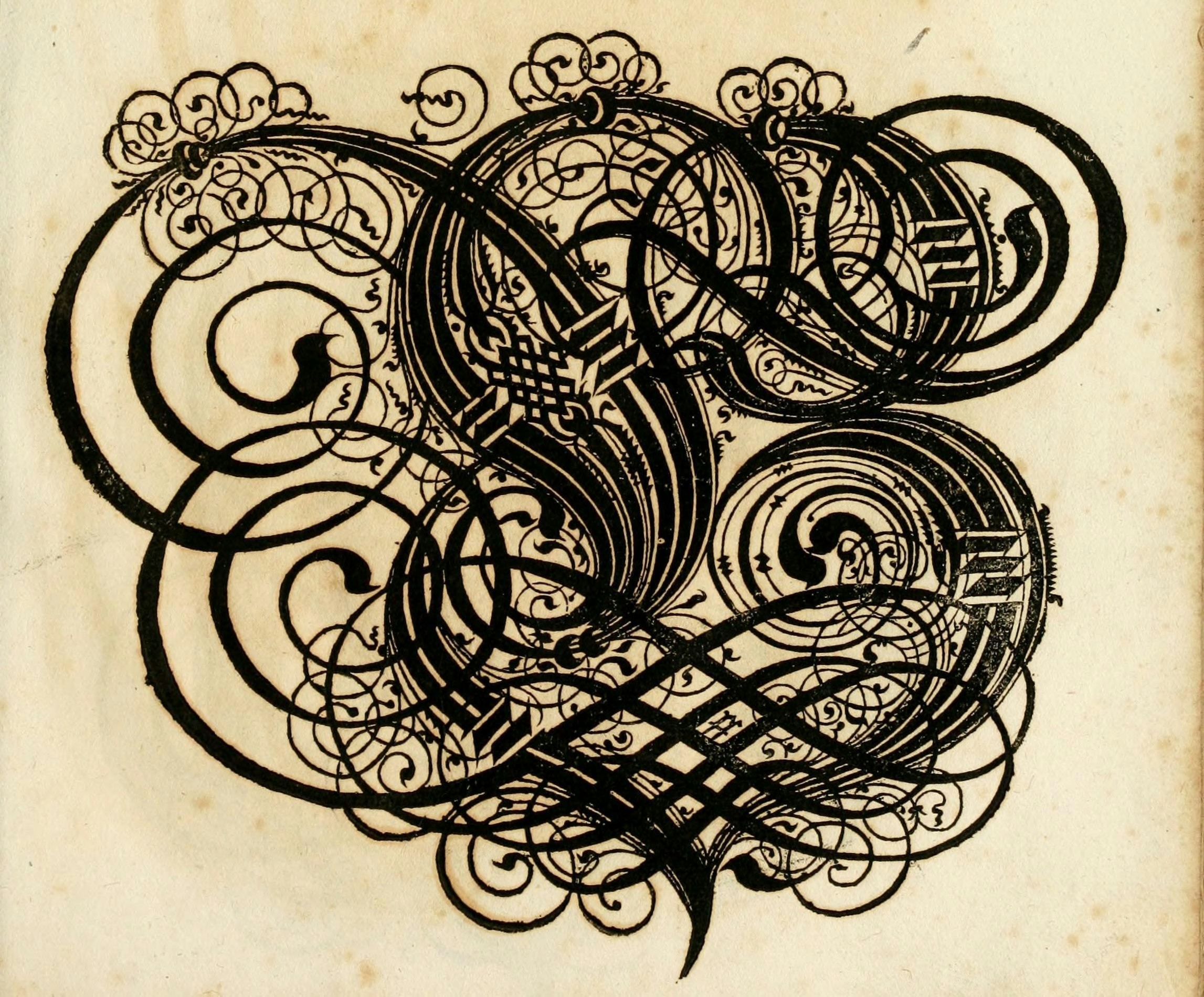Basu, Anupam. 2025.
Shakespeare and Scale: The Archive of Early Printed English. Cambridge
Elements:
Shakespeare and
Text. Cambridge UP.
https://www.cambridge.org/core/elements/shakespeare-and-scale/B3EB39E9F6049B8A203150FCB2DE4E5E.
Bender, Emily M., Timnit Gebru, Angelina McMillan-Major, and Shmargaret Shmitchell. 2021.
“On the Dangers of Stochastic Parrots: Can Language Models Be Too Big?” In
Proceedings of the 2021 ACM Conference on Fairness, Accountability, and Transparency, 610–23.
FAccT ’21. New York, NY, USA: Association for Computing Machinery.
https://doi.org/10.1145/3442188.3445922.
Bode, Katherine. 2017.
“The Equivalence of ‘Close’ And ‘Distant’ Reading; Or, Toward a New Object for Data-Rich Literary History.” Modern Language Quarterly 78 (1): 77–106.
https://doi.org/10.1215/00267929-3699787.
Gadd, Ian. 2009.
“The Use and Misuse of Early English Books Online.” Literature Compass 6 (3): 680–92.
https://doi.org/10.1111/j.1741-4113.2009.00632.x.
Gavin, Michael. 2022. Literary Mathematics: Quantitative Theory for Textual Studies. Stanford: Stanford University Press.
Kulick, Seth, and Neville Ryant. 2020.
“Parsing Early Modern English for Linguistic Search.” arXiv:2002.10546 [Cs], February.
http://arxiv.org/abs/2002.10546.
Siefring, Judith, and Eric T. Meyer. 2013.
“Sustaining the EEBO-TCP Corpus in Transition: Report on the TIDSR Benchmarking Study.” {SSRN} {Scholarly} {Paper}. Rochester, NY: Social Science Research Network.
https://doi.org/10.2139/ssrn.2236202.
Yang, Yi, and Jacob Eisenstein. 2016.
“Part-of-Speech Tagging for Historical English.” arXiv:1603.03144 [Cs], April.
http://arxiv.org/abs/1603.03144.
